Balaklava’s Secret Submarine Base – Object Object No. 825 GTS
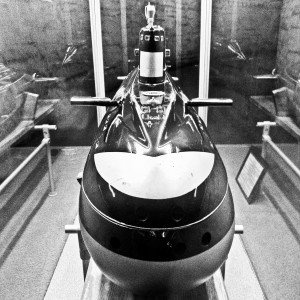
Of all the Cold War shelters built underground, Balaklava hosts the only publically known subterranean submarine base. It took nearly five years to build, and weathered continuous battles between Party and Navy. Built as a safe haven for the Soviet 155 Submarine Brigade, it served as a top-secret naval base from 1961 to 1993. During this time it was officially known as Object No. 825 GTS.Balaklava’s very narrow harbor, protected on both sides by high cliffs, was a naturally strong shelter against the prying eyes of marauding US satellites. In 1957, an elite brigade of Soviet engineers began augmenting the stealth capacity of the bay by drilling tunnels under the western cliff of Tavros. They worked around the clock for four years, like miners. Each day saw four shifts of workers, but it was the last shift, under cover of darkness, that was responsible for extracting debris and dumping it at sea from barges.
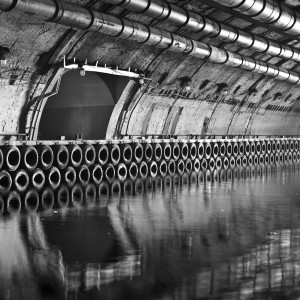
Balaklava Submarine Base: Construction & Tunnels
When completed in 1961, the infrastructure under the hills housed up to seven submarines, allowing them access to the base from both the bay and the sea. By then nicknamed “The Pipe”, the base had over 600 meters of tunnels and water channels. Each underwater entrance had steel nets protecting them from sabotage frogmen, while four projector rays coming from special platforms pierced the water at night.
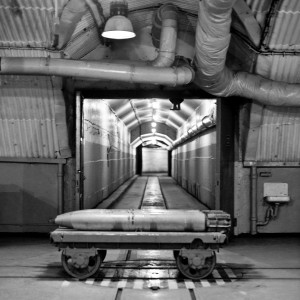
Inside, over 25,000 cubic meters of rock were removed to make space for 5,000 square meters underground galleys, roads, workshops, and arsenals. Most impressive was the haven’s ability to withstand a direct nuclear hit of up to 100 Kt. If that were to occur, the artificial caverns could shelter up to ten thousand people.
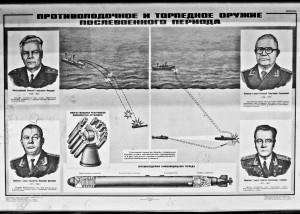
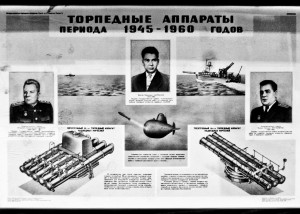
Once inside, submarines were received by a maintenance crew of 230 people. These teams maintained the docks, recharged ship batteries, refueled and made sure the submarines had a full supply of fresh drinking water. Another 50 employees safeguarded the safety of the facility and tended to the warehouses full of nuclear weapons, missiles, and torpedoes.
Balaklava Submarine Base: Khrushchev’s Role
Although an incredible feat of engineering, the base was in many ways a waste of money and had limited military value. When Khrushchev inspected the construction he dismissed it, saying, “This should be handed over to the wine makers!” Khrushchev’s comment stemmed from his over ambitious preference to build missiles while slashing traditional armed forces. In the case of Balaklava however, he was tactically correct.

The facility was originally designed to service seven class 613 or class 633 submarines. These submarines each measured 76 meters and were based on German diesel-electric technology from WWII. By 1960, the Black Sea fleet was migrating to new propulsion technologies, including nuclear engines, which required an additional 20 meters per submarine. Balaklava’s canals could not service them.
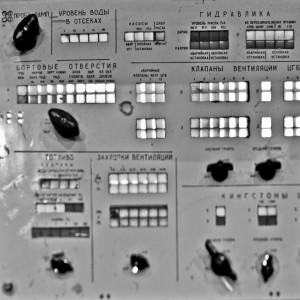
Extending the canals meant delaying the original completion date. Admiral Kuznetsov was aware of this when construction plans were drawn in the mid 1950s. However, when he was removed from command in 1956, bureaucrats overran the project. They were more interested in fulfilling the original deadline and looking good with the Party, than defending a position they knew Khrushchev was intrinsically against.
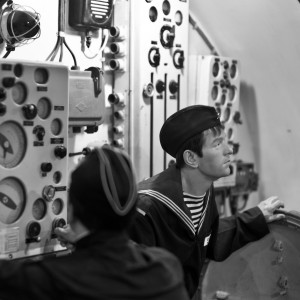
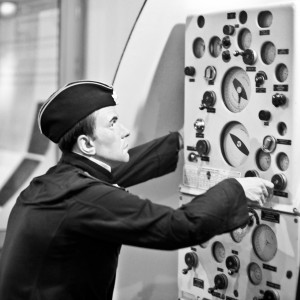
Despite an initially strong fixation on stealth and security, the base started falling into disrepair rather quickly. By the early 1980s. the Black Sea Fleet ships were slowly dying in repairs that dragged on for unthinkable periods of time.
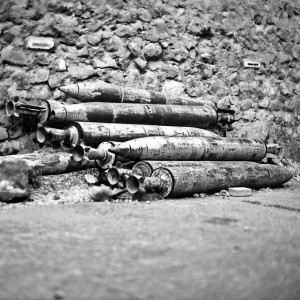
Balaklava Submarine Base: Today
The harbor became a junkyard of masts and antenna grids, locator dishes and conductor rods. Sailors strolled with local girls in open defiance of regulations. A midget submarine was rusting on the seafront, among shish kebab stands, barely hidden from view by a tarpaulin.
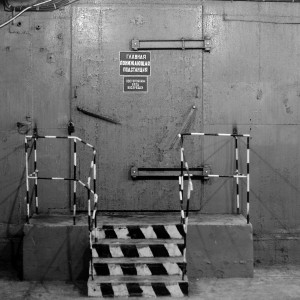
The base shut down in 1995 and fell into a decade of neglect, first languishing between Russian and Ukrainian administration, and then suffering from lack of funds to remain open. The tunnels went dark and looters turned them into a dangerous maze of broken glass and exposed metal. At least three deaths were recorded due to falls through uncovered manholes.
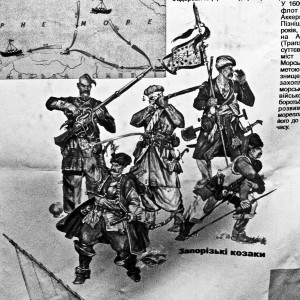
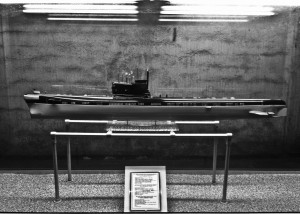
Today, thanks to the efforts of the City of Sevastopol’s administration, the base is a bustling museum with guided tours. There are exhibition chambers to explore by foot, and even small boat tours through the canals. Future plans include further renovation of the tunnels, and possibly their adaptation into mushroom farms.
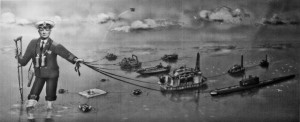

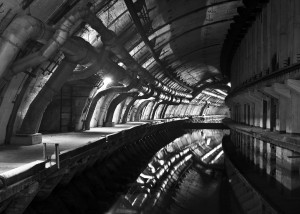
thx, I want to go there next summer!